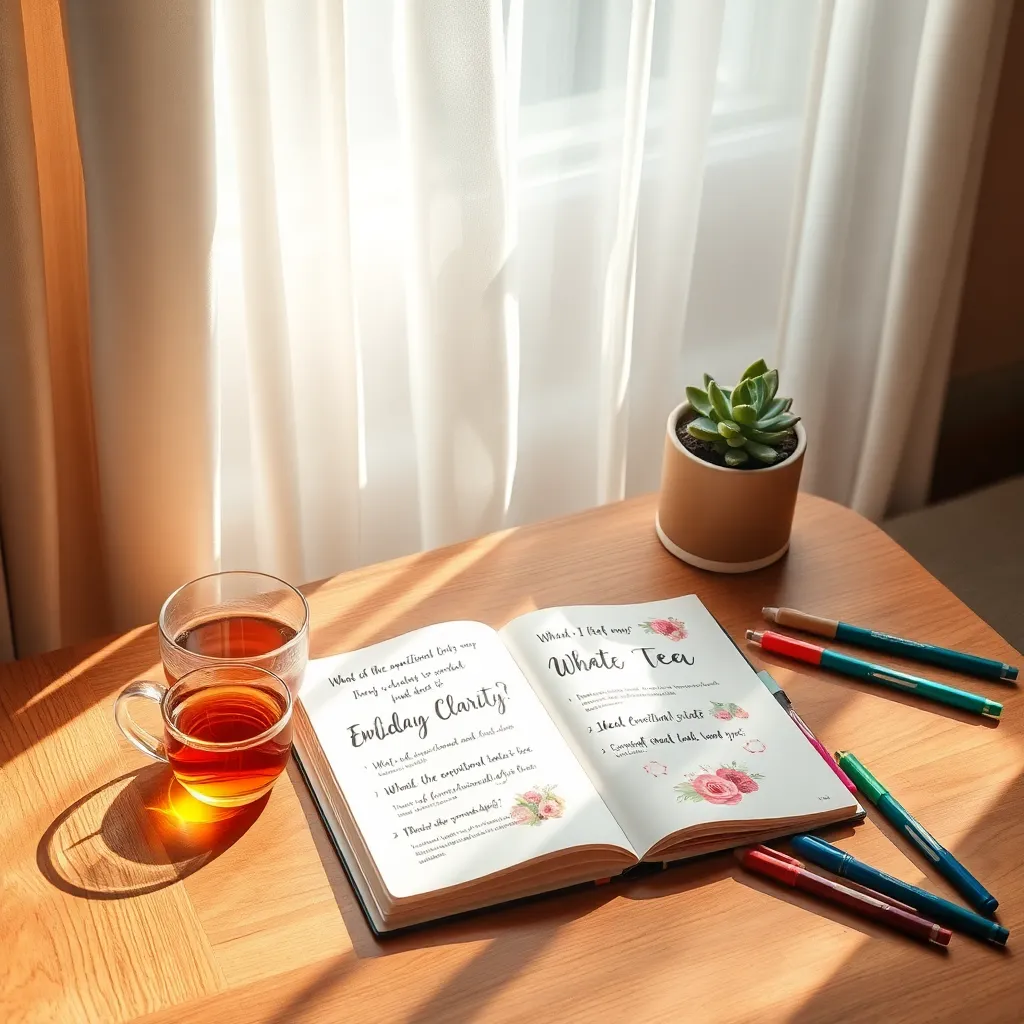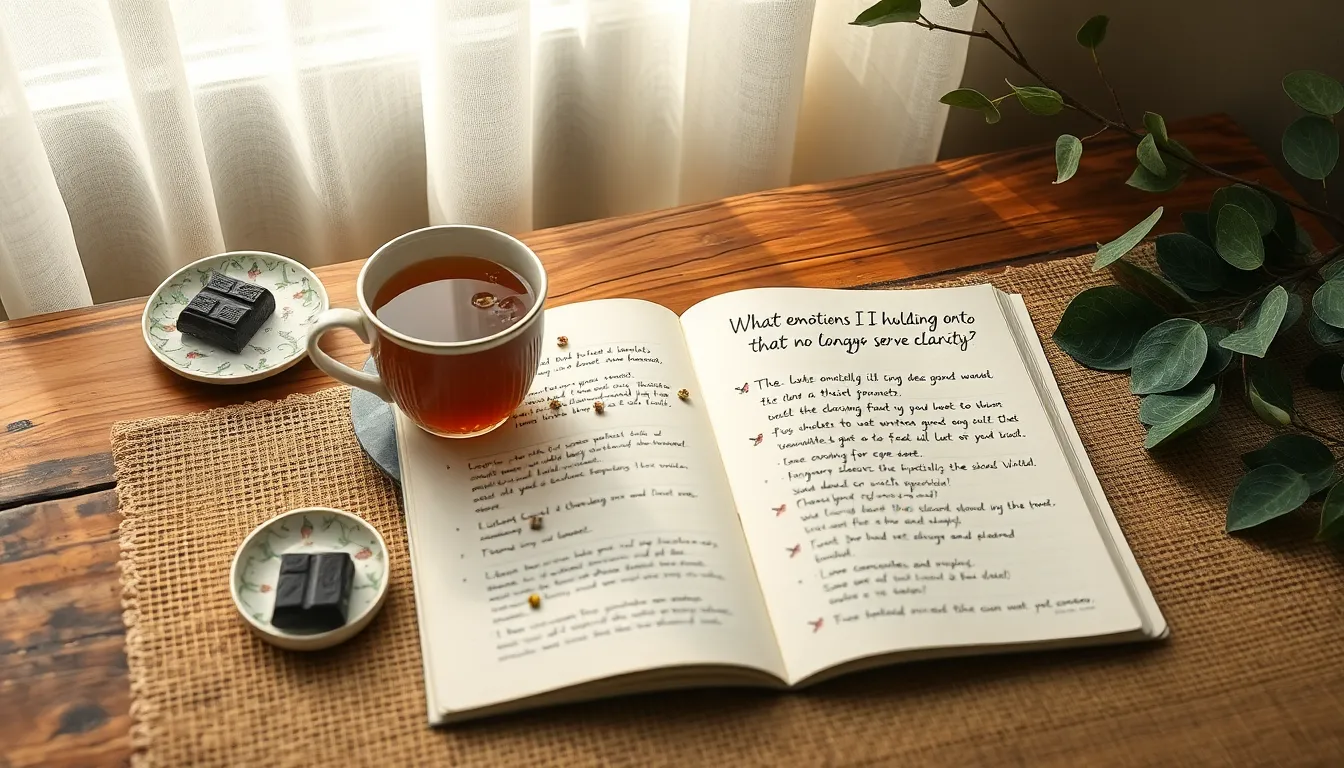In the whirlwind of daily life, emotions can sometimes feel overwhelming. Journaling offers a gentle path to emotional release, helping you find clarity amidst the chaos.
Dive into this practice and discover a sanctuary for your thoughts. Embrace this journey and unlock a clearer, more peaceful mind.
Understanding Emotional Release Through Journaling

Journaling for emotional release involves expressing feelings freely. Try the “stream of consciousness” technique: write continuously for a set time to unlock hidden emotions.
Prompts can guide you. Use:
- “What am I feeling right now and why?”
- “What do I need to let go of?”
These encourage clarity and emotional freedom.
Choosing the Right Journaling Techniques

Begin with gratitude journaling to shift your mindset positively. Each day, jot down two things you’re grateful for. This simple act fosters emotional release and clarity.
Experiment with expressive writing for deeper emotional understanding. Set a timer for 5 minutes and write freely about your current feelings. This technique helps unearth hidden emotions.
Crafting Your Emotional Clarity Routine

Begin your emotional clarity routine by setting aside a quiet moment daily. Use stream-of-consciousness journaling to freely express emotions without judgment. This raw honesty helps uncover hidden feelings.
Incorporate gratitude prompts to shift focus towards positivity. Try writing about
- one thing you’re grateful for today
- one positive interaction you had
to cultivate emotional balance.
Transforming Thoughts Into Healing Words

Begin by transforming your emotions into words. Use free writing to allow thoughts to flow without judgment. Set a timer for 5 minutes and write whatever comes to mind.
Try using prompts to guide your reflections. Consider:
- What am I feeling right now?
- What do I need to release?
Let your words be a pathway to healing.
Reflecting for Inner Peace and Insight

Begin by taking a moment to breathe deeply and focus inward. Reflect on a recent challenge and write about what it taught you. This practice fosters insight and promotes peace.
Try using prompts to guide your reflection. Consider:
- What am I grateful for today?
- What is one lesson I learned this week?
These questions nurture inner calm and clarity.
Conclusion: Creating Beautiful Outdoor Spaces
In exploring the transformative power of journaling for emotional release and clarity, we delved into five key relationship concepts. First, we highlighted how journaling can facilitate honest communication by allowing individuals to express unspoken emotions. Second, it serves as a tool for conflict resolution by offering a space to process disagreements before addressing them with your partner. Third, journaling nurtures self-awareness, helping you understand your emotional triggers and responses. Fourth, it strengthens empathy by encouraging reflection on your partner’s perspective. Lastly, journaling promotes personal growth, laying the foundation for healthier, more resilient relationships.
As an actionable next step, carve out 10 minutes today to start a journal entry about a recent relationship challenge or triumph, focusing on your emotions and insights. This small investment can lead to profound clarity and connection.
To ensure these insights are always within reach, bookmark or save this article as a valuable guide on your journey to relationship success. As you embrace journaling, envision a future where your relationships are marked by mutual understanding and lasting happiness. Remember, each step you take today is a step toward fostering deeper connections tomorrow.


